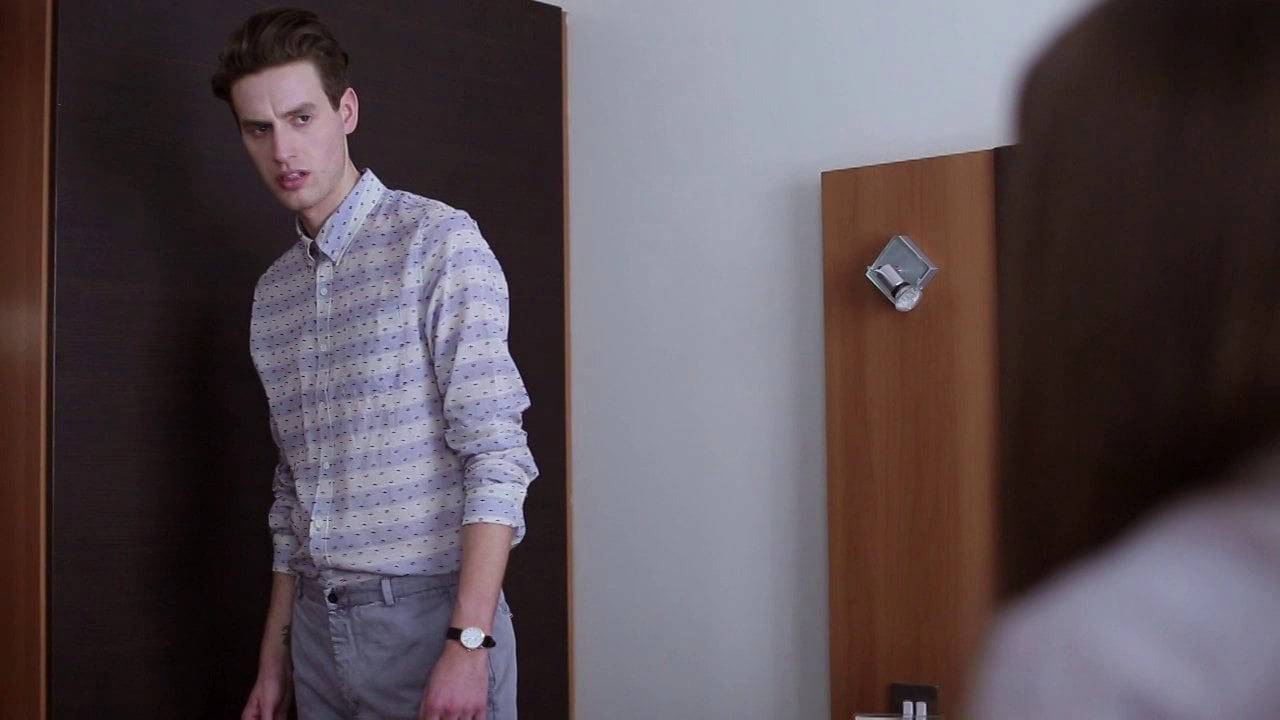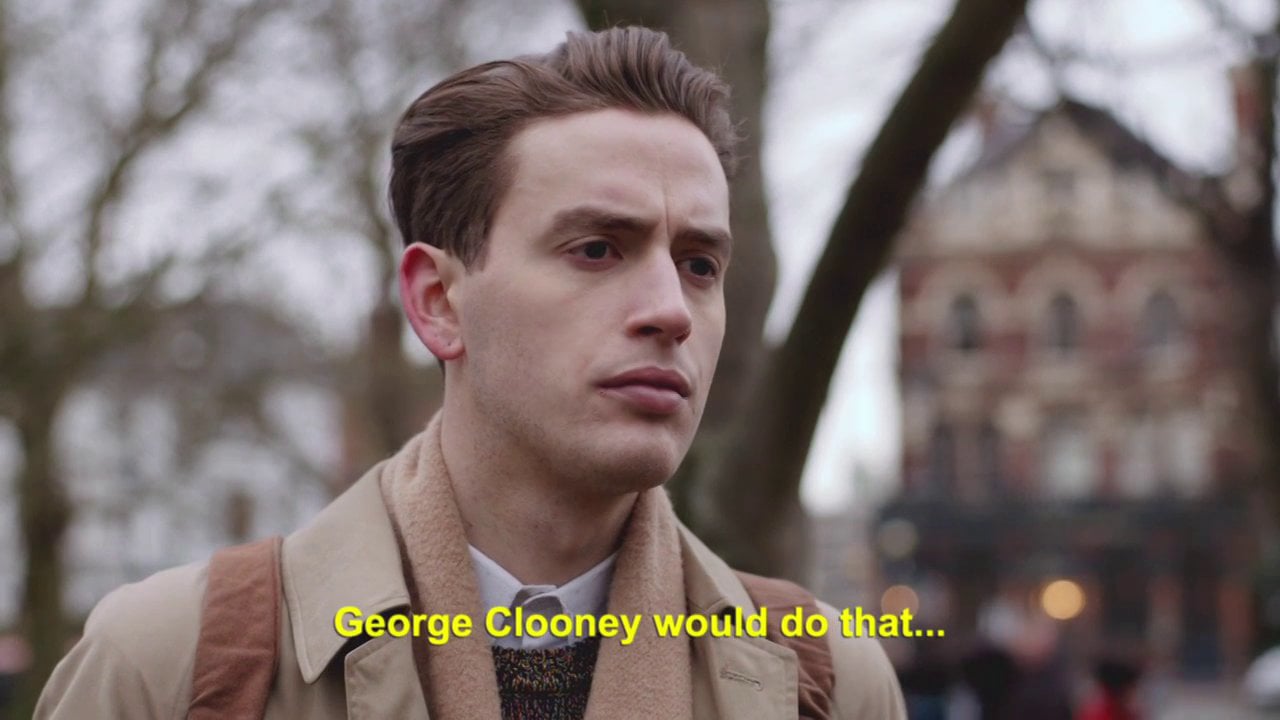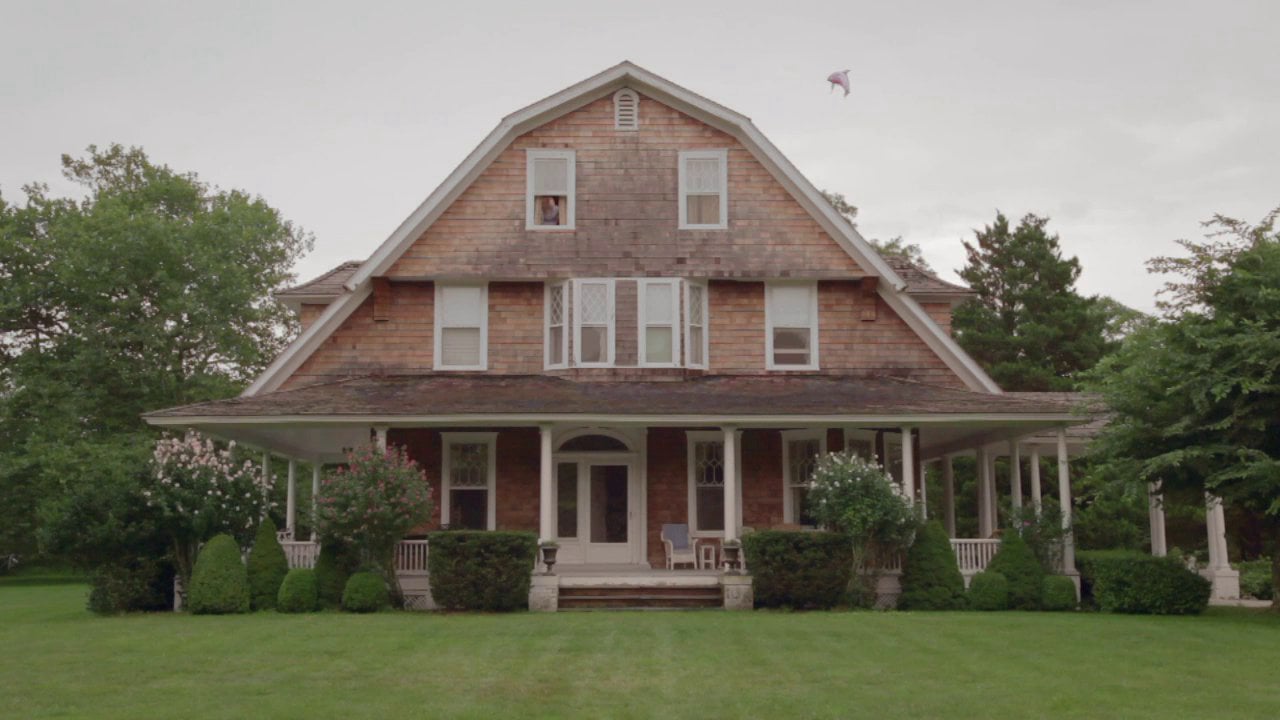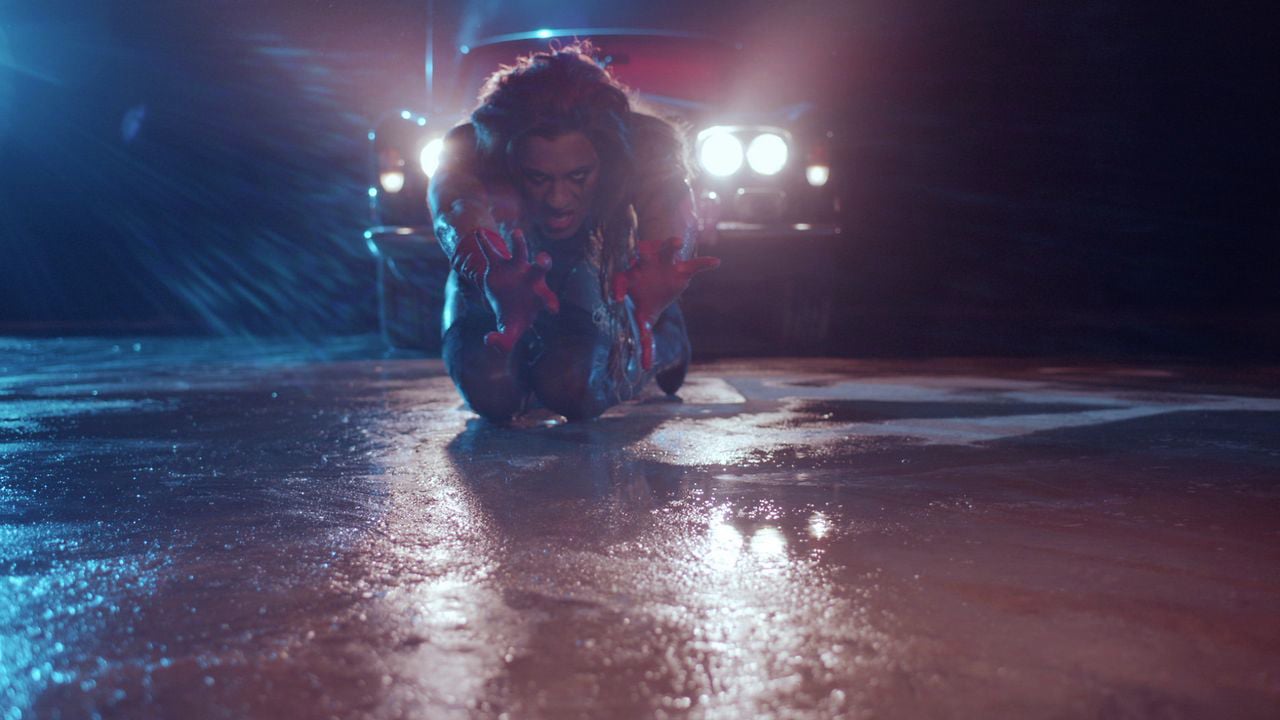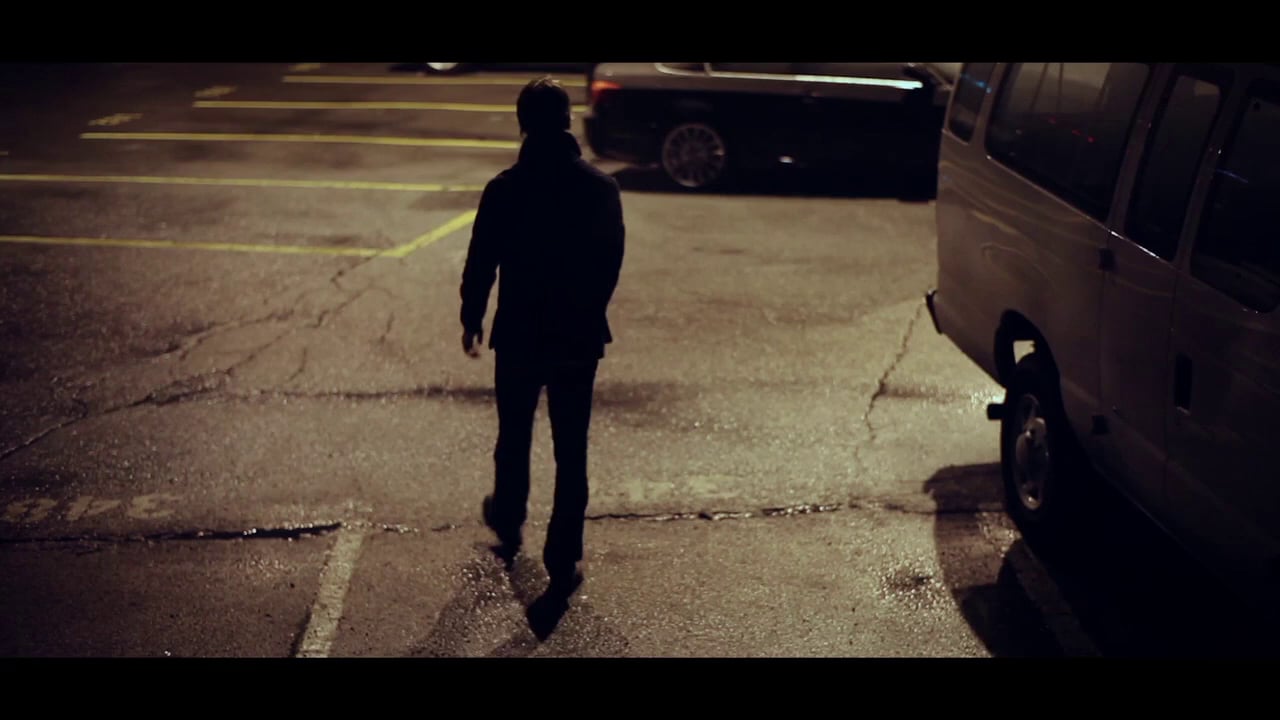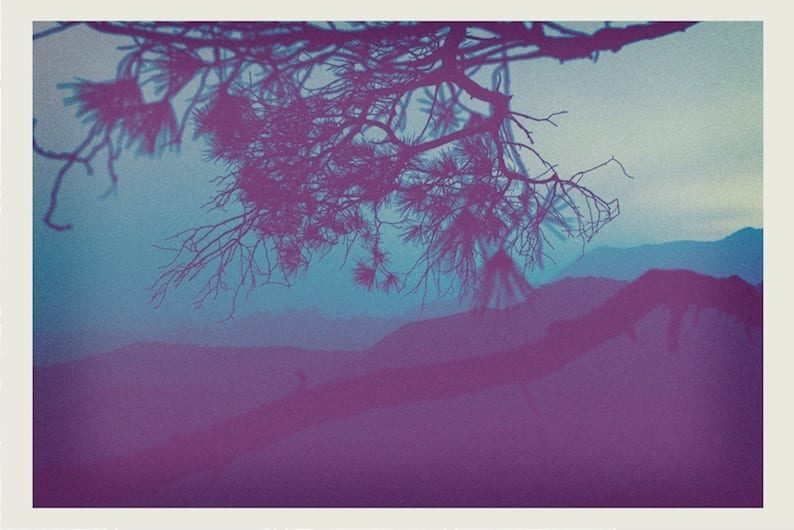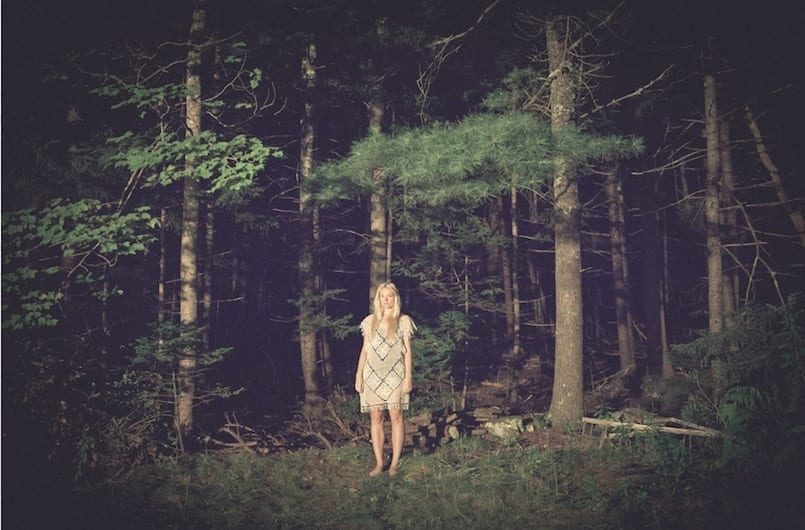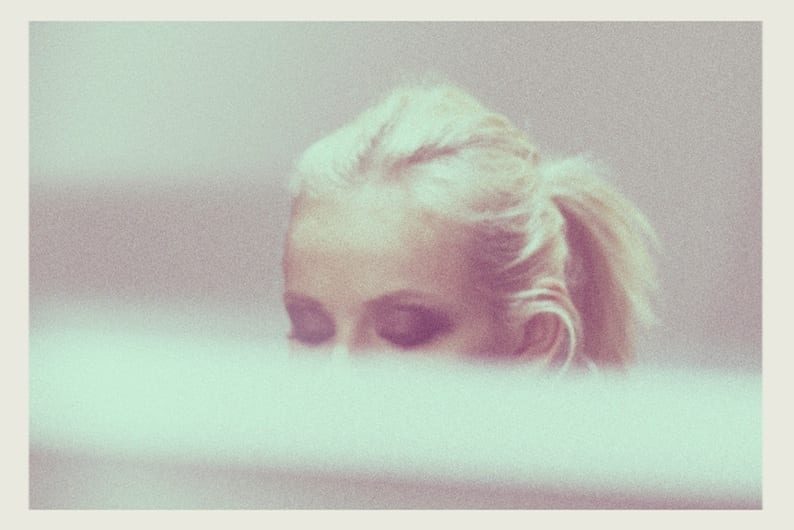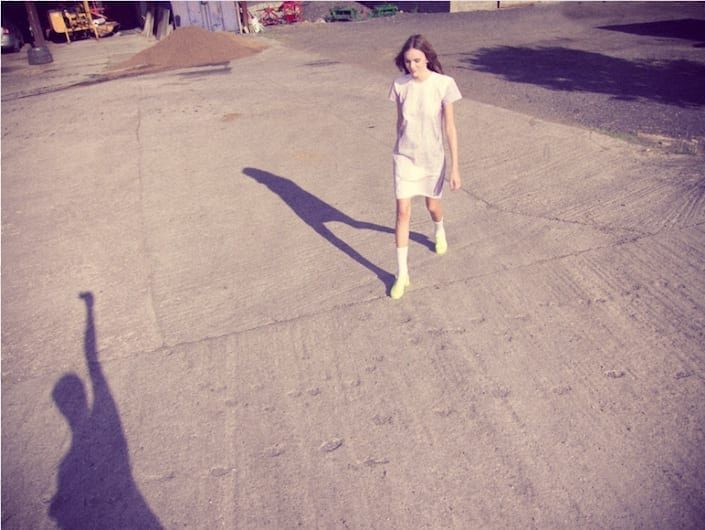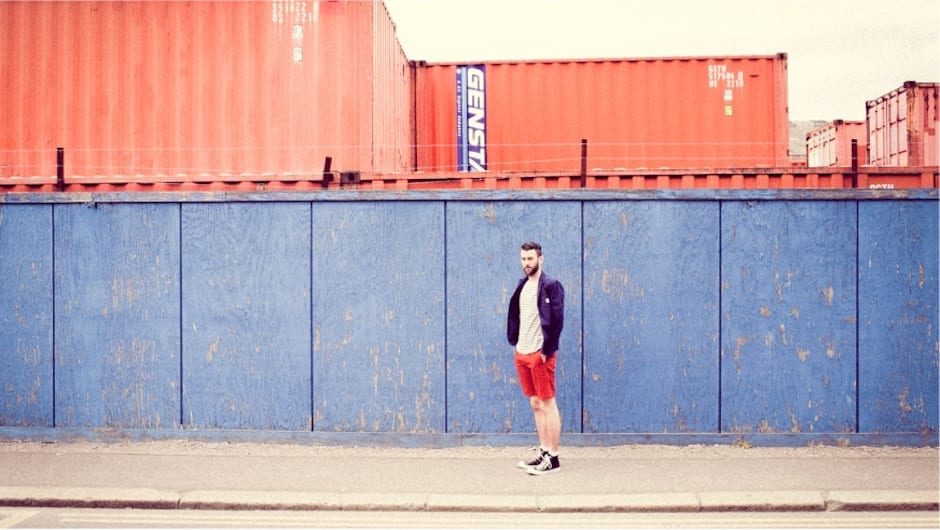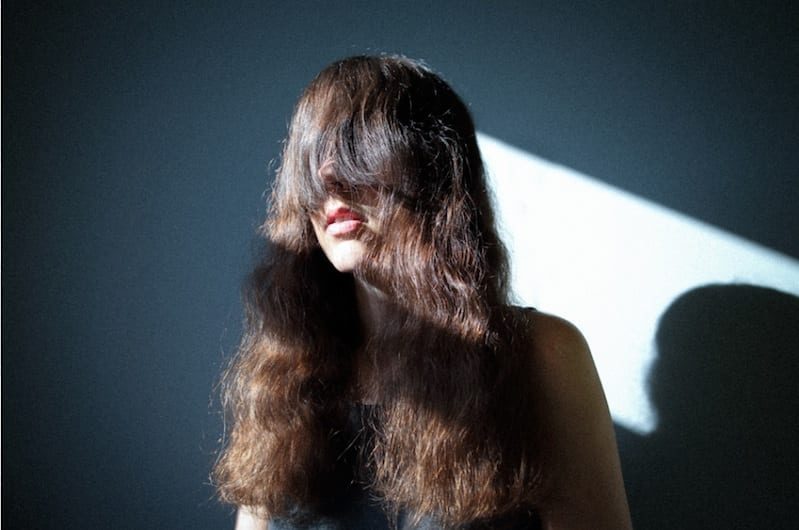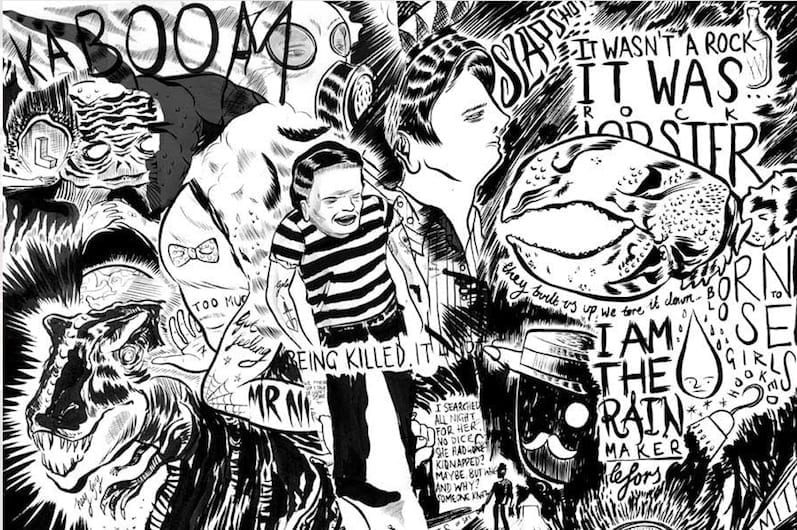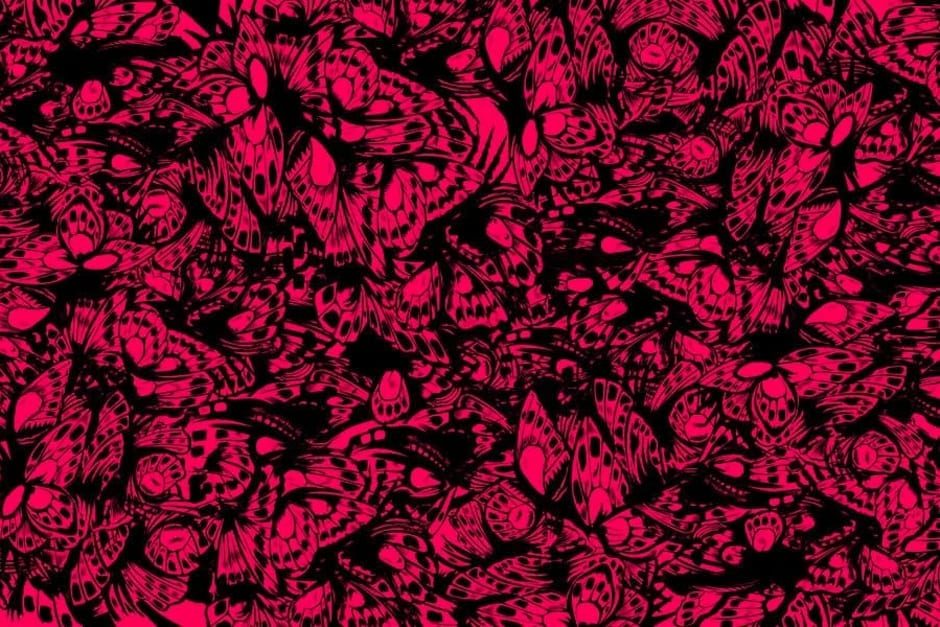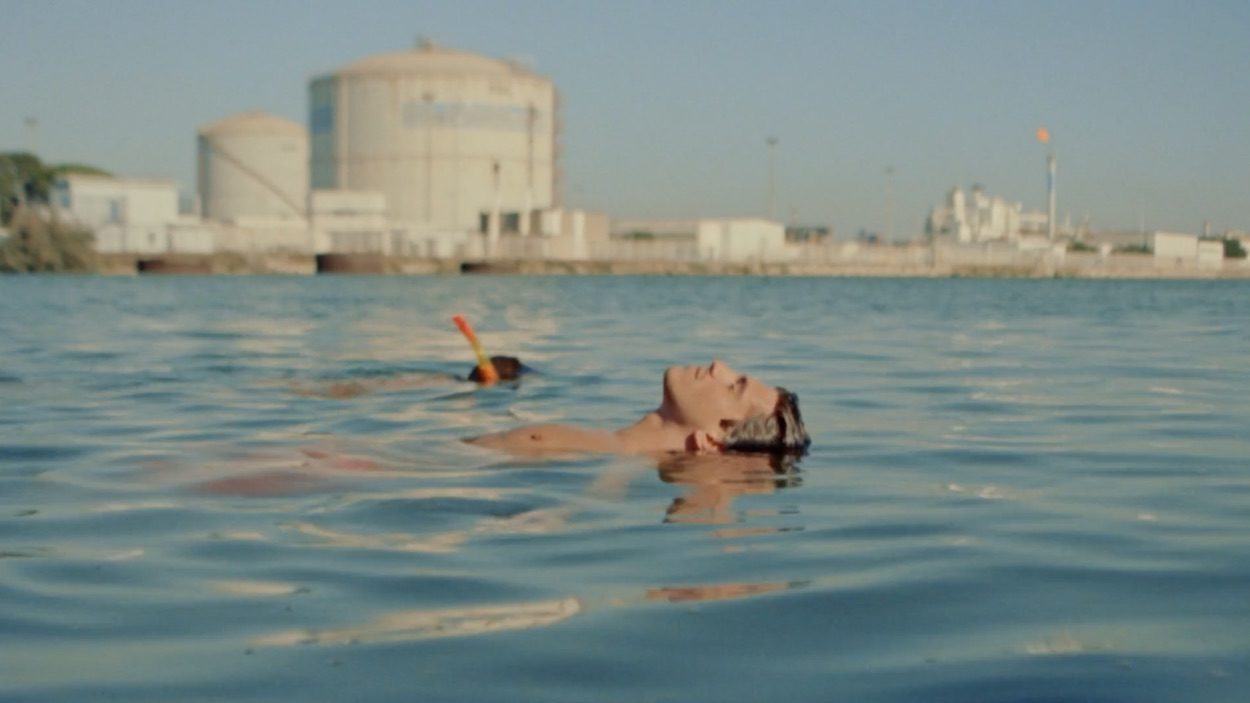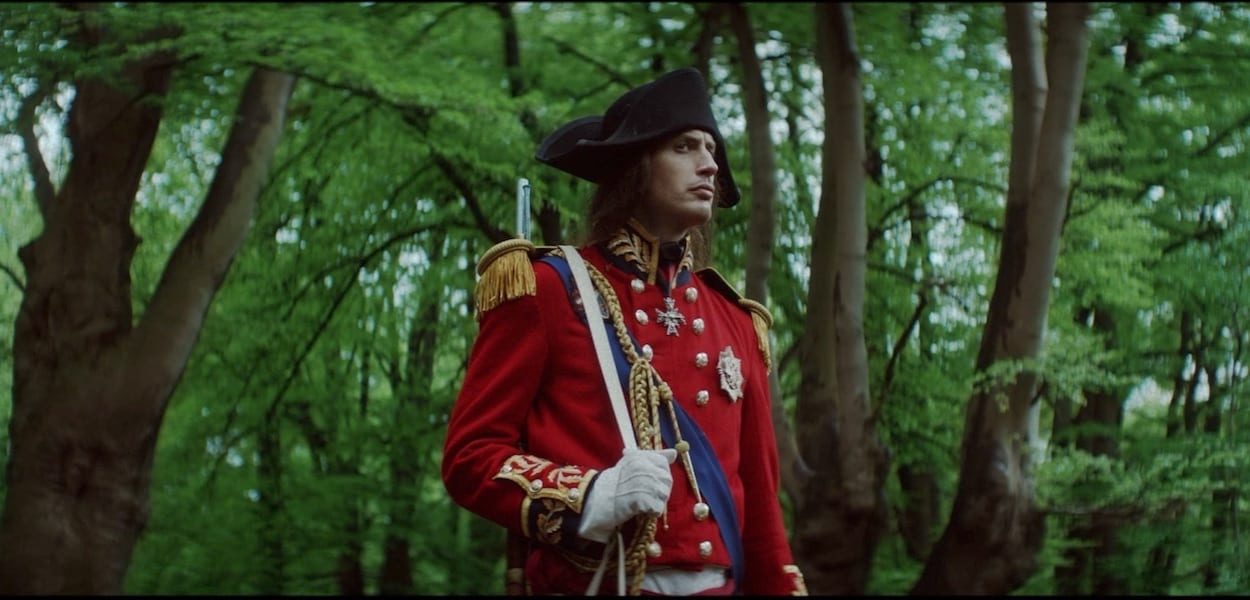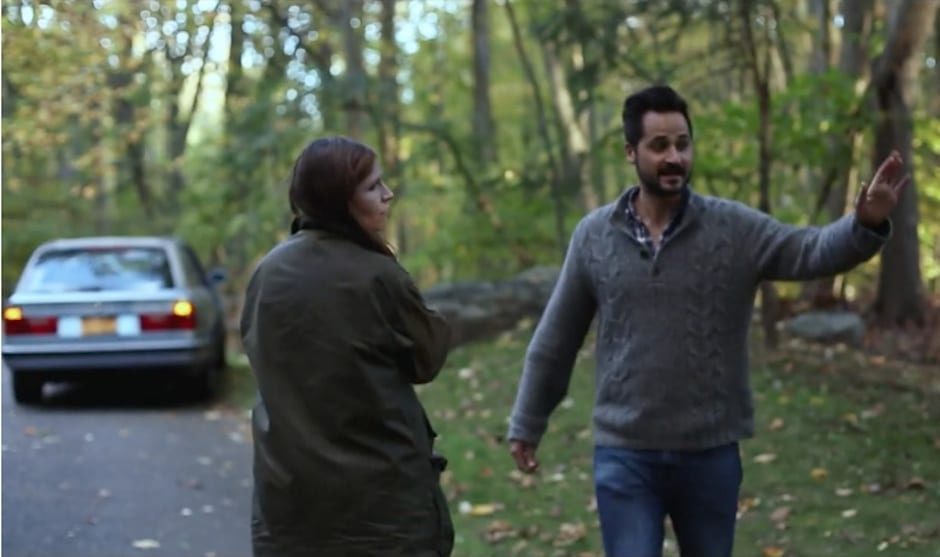Danny Sangra’s work doesn’t fit into a regular recognizable film style. His short films go off on hilarious film-within-a-film dialogues, while No Aloha was about a solo on-screen character coming to terms with the loss of her mother. Meanwhile, his music videos range from the wonderfully whacko performance-led Feeling Special for Mykki Blanco to the gripping non-verbal film about the grittier side of life, What Takes a Good Man for The Heavy.
Have you been mindful of not pigeon-holing your work or is it simply a matter of making films that are resonant with your own creative expression?
I work across many different fields (art, photography, design, film etc) and I have always been like that.
This often happens when I make a commercial project. I usually follow up with the polar opposite.
I don’t believe in making the same thing over and over – however some people make a great living like that.
I get bored easily and have to remain excited about projects.
Actually perhaps there is one significant element that does pop up in your work and that is your use of typography. What are the roots of this?
All my painting work involves a lot of typography as it’s my thought process/ inner dialogue.
I’ve always loved titles to push narrative or to direct emphasis on a situation.
Really though it started because I often couldn’t afford to film a scene the way I’d like to, so I used a title to describe what happens instead of filming it.
You always seem to be making films – if there are any gaps in your commercials and music video schedule are you always beavering away creatively? Is there a cross over in your illustrative and photographic work with your film making – does one feed the other?
Once I make something (regardless of what area it’s in) it usually sparks off another idea. I work quickly so you’d be surprised with the amount of spare time I find myself with. Some months become a juggling act but then I go through the weeks of watching films and reading. This is then followed by writing and drawing then I finally get back to making something from the information I’ve stored.
There aren’t many cross overs between my illustration work and my film work. I tend not to mix the two. I always think my illustration work will over power the film work. I’ve used illustration as a subject matter for example in 10am Margarita.
You can see my illustration work peppered in various shorts I’ve made.
When I get bored in one area I make something in another, I keep doing than until I’m back where I started. I tend not to think about it too much.
Your short films are wonderful vignettes about the idiosyncrasies of couple relationships. How do you go about capturing and developing these ideas for scripts? Are you a notebook scribbler, a methodical script developer on your laptop, or do you sketch out your ideas until it clicks into place?
Lots of notes. If I hear a comment or read a sentence somewhere I write it down and then use it as my starting point. Then it grows into a scene.
I have written a lot of my shorts the day before – one film I actually wrote in the morning and we filmed it in the afternoon.
My notes are usually either on my phone or written in the back of books. I wrote a feature film outline in the back of a Bukowski novel while I was in Maine. I had no other paper at the time.
And can you tell us please about your creative process – does it start with the dialogue then you evolve that into visuals? Do you storyboard the film in detail?
For commercial jobs, it starts with the brief. It used to start more visually however now I’m getting more projects in where they want me to write scripts and use my style of dialogue. For these jobs I storyboard as much as possible. I have to because there are so many people involved on different levels.
Due to my illustrative background I can make storyboards highly detailed very quickly if I have to. Usually though a sketch will suffice in most cases.
In my personal film work I don’t storyboard much before hand. I know the shots that I want. When I work with a DoP then I draw it in front of him/her.
All my shorts begin with dialogue. I film with friends and usually in one of our houses. There’s a lot of freedom so I can make things up as I go along.
We have to ask: Do most of your ideas come from observation of other people or do you draw on personal experience?
A bit of both but mainly experience. I exaggerate situations so I wouldn’t say I’m always writing about myself. I’d say No Aloha was the most personal as I wrote it a month after father passed away. However my friend’s father also passed away the month before too. So there was a mixture of personal and observational thoughts behind it.
You’ve used the same actors quite often – how does this collaboration work? Do you rehearse a lot prior to shooting or does quite a lot of spontaneity happen on set?
We never have time to rehearse but it works because I work with a small group of people. We all get to know each other and it makes it more fluid. I like to see how the actor will take the scene and then react to them. I typically let the actor dictate the camera rather than have them hit blocked out points. This helps when rushed for time.
There’s a feeling that being on one of your shoots could only be good fun but have there been any nightmare scenarios and if so how did you resolve them?
I’d say my shoots are pretty fun. There’s a lot of freedom and room for creativity. It does have draw backs. For example, A Lunch Break Romance was only made because I stole an Alexa off a commercial set and took it into the park opposite the studio. I only had two hours of light and I had only given the actors the script that morning.
While we were shooting the last scenes, two children started running into the shot. I can only describe them as ‘devil children’.
The kept dancing around in the background and putting there hand in front of the camera. They were only 10-12 years old so they wouldn’t listen to anything. Then we saw another camera crew (filming someone from Eastenders). We pointed them out and then the kids ran to annoy that crew.
If you look carefully you can see two blurry children jumping up and down in the background.
In a couple of lines can you summarize your childhood please? What led you to film making? Did you study film or did you learn on the job?
My childhood was fun and filled with good old fashioned northern council estate drama.
My dad was heavily into film and photography. My earliest memories were watching Samurai films. I think I was three or four when I was sat down to watch Seven Samurai. I have vague visuals that still float around as first impressions of those films.
He was a big fan of Kurosawa and Kubrick.
My mum was and is a talker. I grew up in her hair salon so I would hear so many stories from many different characters.
My story telling came from my mum and kids on my street that could always tell a tale with enthusiasm.
I didn’t study film, I went to Central St Martins to study graphic design. It was an open course that allowed for freedom when coming up with an answer to a question.
With everything I make I learn something new. There’s no point otherwise.
LINKS

